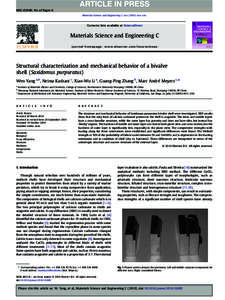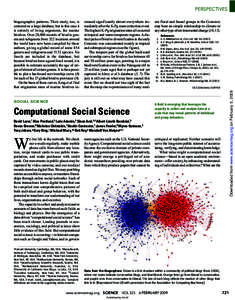81 | Add to Reading ListSource URL: www.meyersgroup.ucsd.eduLanguage: English - Date: 2011-01-20 15:01:41
|
|---|
82 | Add to Reading ListSource URL: www.aphis.usda.gov- Date: 2009-06-09 06:50:24
|
|---|
83 | Add to Reading ListSource URL: jhfowler.ucsd.eduLanguage: English - Date: 2009-02-05 18:04:34
|
|---|
84 | Add to Reading ListSource URL: www.azgfd.govLanguage: English - Date: 2015-01-22 11:26:56
|
|---|
85 | Add to Reading ListSource URL: www.azgfd.govLanguage: English - Date: 2015-01-22 11:26:52
|
|---|
86 | Add to Reading ListSource URL: www.dnr.maryland.govLanguage: English - Date: 2014-11-25 14:09:56
|
|---|
87 | Add to Reading ListSource URL: www.nab.usace.army.milLanguage: English - Date: 2014-12-01 13:59:27
|
|---|
88 | Add to Reading ListSource URL: www.keepingtexasfirst.orgLanguage: English - Date: 2014-04-15 16:59:03
|
|---|
89![Carrying capacity and sustainability of bivalve culture: models come of age Jon Grant, Dept. of Oceanography, Dalhousie University, Halifax NS B3H 4J1, [removed] Ramon Filgueira, Robin Stuart Carrying capacity and sustainability of bivalve culture: models come of age Jon Grant, Dept. of Oceanography, Dalhousie University, Halifax NS B3H 4J1, [removed] Ramon Filgueira, Robin Stuart](https://www.pdfsearch.io/img/8e20a4656177d0e636a6cb99d37284ef.jpg) | Add to Reading ListSource URL: aansonline.caLanguage: English - Date: 2013-02-25 09:54:33
|
|---|
90 | Add to Reading ListSource URL: www.psparchives.comLanguage: English - Date: 2008-09-23 18:22:46
|
|---|